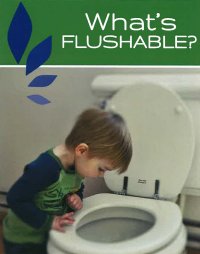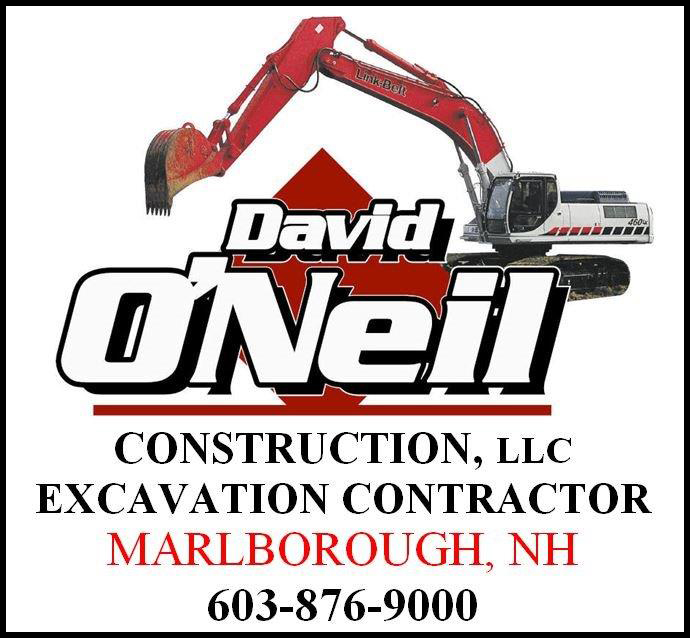SEPTIC OPERATION, CARE, MAINTENANCE & USE

Septic Operation, Care, Maintenance & Use
Do you know how your septic system operates? Do you know the proper care techniques? Did you know routine maintenance can ensure longer use? The following is important information on septic system operation, care, maintenance & use.
OPERATION
There are many different types of septic systems that fit a wide range of soil and site conditions. A standard septic system has three main parts:
- The Septic Tank — A septic tank's purpose is to separate solids from the wastewater, store and partially decompose as much solid material as possible, while allowing the liquid (or effluent) to go to the drain field.
- The Drain field — After solids settle in the septic tank, the liquid wastewater (or effluent) is discharged to the drain field, also known as an absorption or leach field.
- The Soil — The soil below the drain field provides the final treatment and disposal of the septic tank effluent. After the wastewater has passed into the soil, organisms in the soil treat the effluent before it percolates downward and outward, eventually entering ground or surface water. The type of soil used during installation of the septic system impacts the effectiveness of the drain field; for instance, clay soils may be too tight to allow much wastewater to pass through and gravelly soil may be too coarse to provide much treatment. Sand is the optimal soil type.
CARE
Many homeowners do not know the DO'S and DONTS' of caring for their septic system. David O'Neil Construction takes the time to explain to our customers what should and shouldn't go into your septic system. Items such as tampons, pads, q-tips, cigarette butts, cooking grease, latex paint, cat litter and baby wipes should not be disposed of in your toilet or down your kitchen sink. These items do not break down in your septic tank, causing blockage and backing up of the system. Certain toilet papers are better for your septic than others too. People often prefer a toilet paper that is thick, fluffy & soft, but inspected tanks in the past have shown they don't break down. We recommend a toilet paper that breaks down quickly. Keep in mind, just because the package states "septic safe" doesn't mean it truly is safe for your septic system.
We also tell our customers that the septic system should never be driven on. Driving or parking on the septic tank or leach field can cause significant cracks, breaks and damage to the system.
MAINTENANCE & USE
Every septic system needs to have good bacteria which will help break down your solid waste. Sometimes we suggest putting a packet of yeast in your septic system, which keeps the bacteria active. Every septic tank should have an inlet and outlet baffle. The outlet baffle allows only waste water to enter into your field. At no point in time do you want any solid waste to go to your leach field. This will cause drainage issues and possibly pre-mature failure. It is a good idea to have your septic tank pumped every 3 years and more often with frequent use to make sure your solid wastes are being removed from your septic tank. You should never plant anything on top or around your septic. Tree and plant roots can infiltrate your septic system leach field and could cause pre-mature failure. A septic system should have a good layer of loam on top of it to act as a barrier and prevent extra water infiltration or erosion. A failing system can become a source of pollution and public health concern, causing property damage, ground and surface water pollution (such as well water—both yours and your neighbors), and disease outbreaks. By properly caring for and maintaining your septic system you can prolong the systems life.
